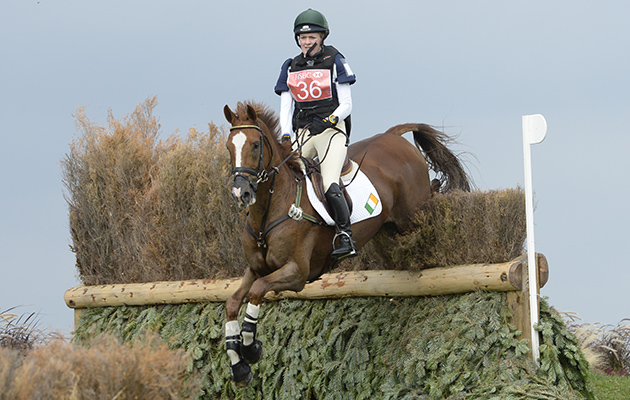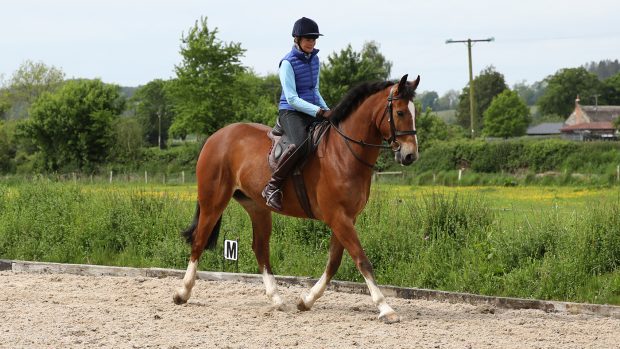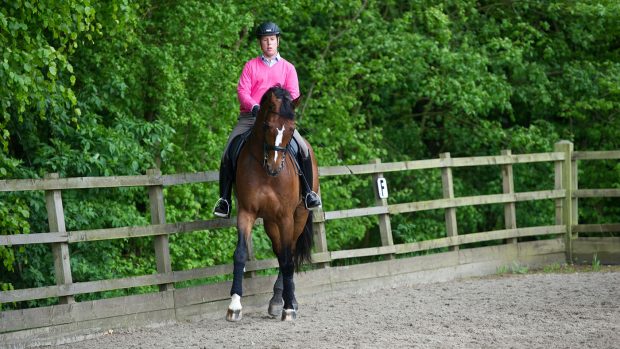Grand prix dressage rider Samantha Thurman-Baker explains how to master this key test element
Samantha has competed internationally at grand prix level and was also part of the World Class podium potential squad for elite athletes with Olympic potential. She grew up and is currently based at her family’s Turville Valley Stud in the Chilterns, where she trains her own and clients’ horses.
My grand prix horse, Spring Pascal, was good at halting at home but as soon as we got into a test he didn’t want to stand still. Scratching his neck with one finger was the only way I could keep him still long enough to salute. I then needed to make sure I got my hand back on the rein quickly, so I could move on before he decided to go first.
The halt is a vital element of a test as it is the first impression you give to a judge, as well as being one of the few movements required in every dressage test. It is very easy to get wrong and takes a lot of practice to ensure you can produce a square halt exactly when you need it.
Tackling the issue
1. The key to a square halt is your horse’s balance. If he is loading one shoulder or is slightly crooked, the chances are your halt will not be square. To improve this, practise riding down the centre line in shoulder-fore, preferably with a mirror or someone to check that you are truly straight.
2. Begin by teaching him to halt from walk and be happy with just the front legs square. Use the outside track for this and keep repeating walk-to-halt transitions, pushing him forwards one small step at a time after the initial halt until he is square in front.
3. Move on to riding trot-to-halt transitions. At first, make the trot slower and smaller before asking for the transition, allowing him to do a few small walk strides and try to feel him step into a square halt. At this point, ask your horse to start squaring up behind, but don’t insist on it. A pair of eyes on the ground or a mirror is useful.
4. Once your horse is more established, ask him to collect before the halt and make sure his hindlegs are square, too. When riding a faster gait, bring him back to almost moving on the spot before asking for the halt. This ensures his weight is back and his shoulders are light, allowing him to sit into the halt.
5. If your horse doesn’t like to stand still, keep your legs gently wrapped around his sides as you halt. Make sure he relaxes and waits for you to move him on.
Continued below…

Using cavaletti to improve the horse’s canter and balance

Trimmers in the H&H Shop from just £35
We have expanded our range of clippers and trimmers in the H&H Shop ready for the clipping season, with the
Consider this
- Practise, practise, practise. Make sure your horse is square before mounting and dismounting, and halt before each break. The more you halt squarely, the more likely it is to become a habit.
- Sit up tall and check you are sitting straight and your weight is even on both sides.
- Every time you adjust the halt, walk forwards not backwards, so your horse is thinking of going forwards to the next movement.
- Keep your legs wrapped around your horse during the halt and teach him to move forwards when you release. This helps to get a positive, powerful move-off.
For all the latest equestrian news and reports, don’t miss Horse & Hound magazine, out every Thursday




